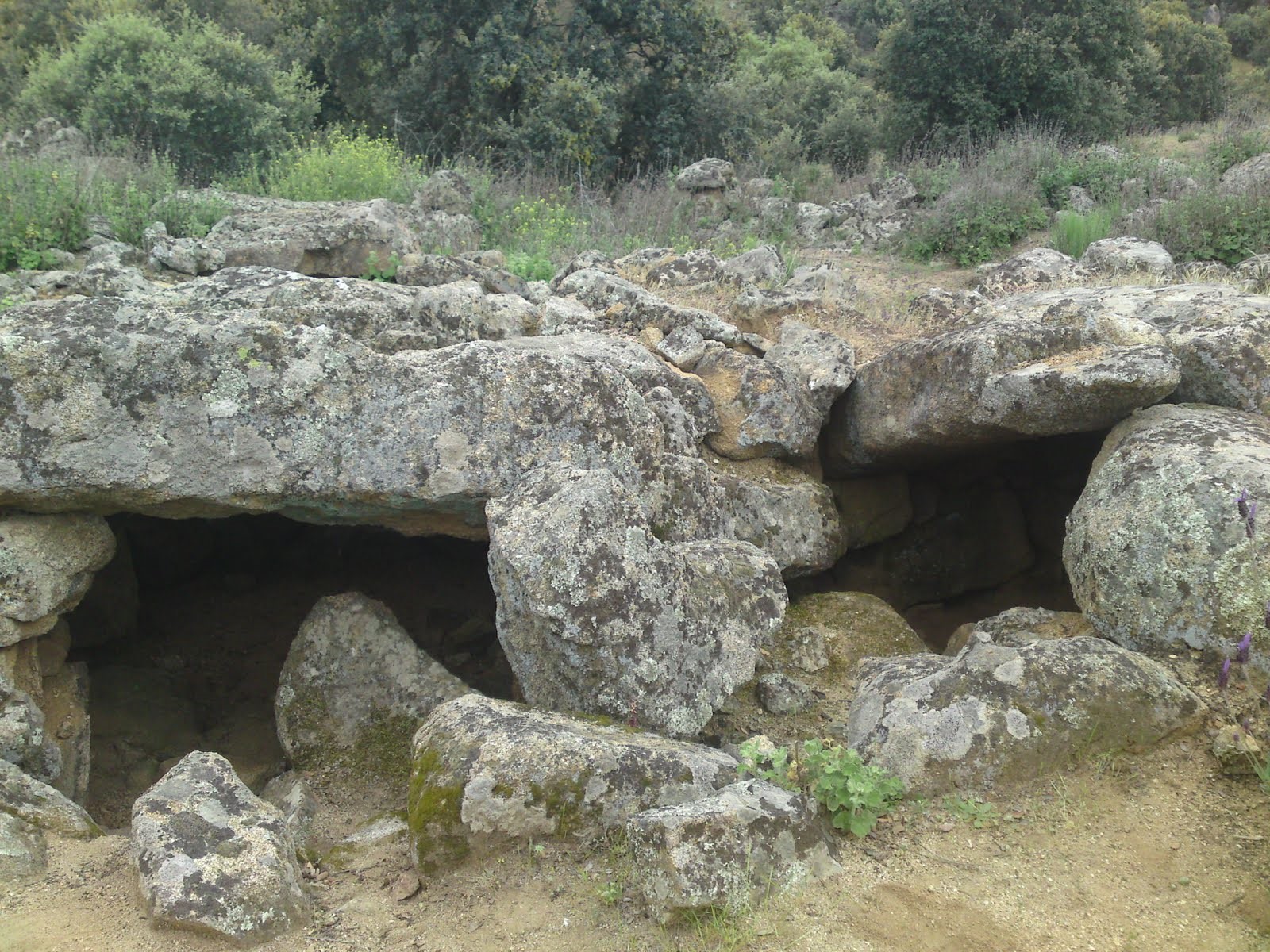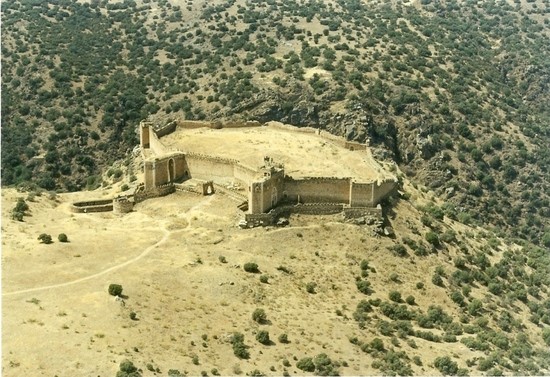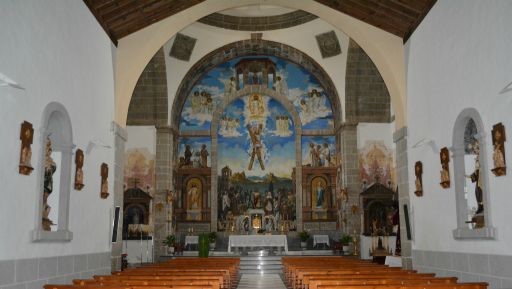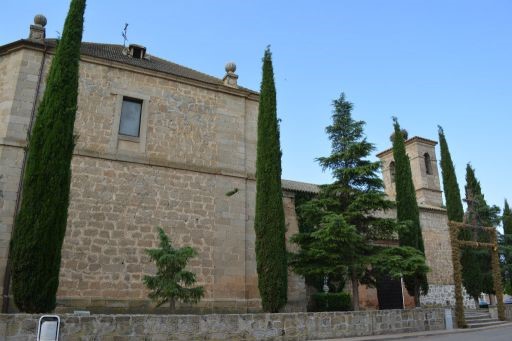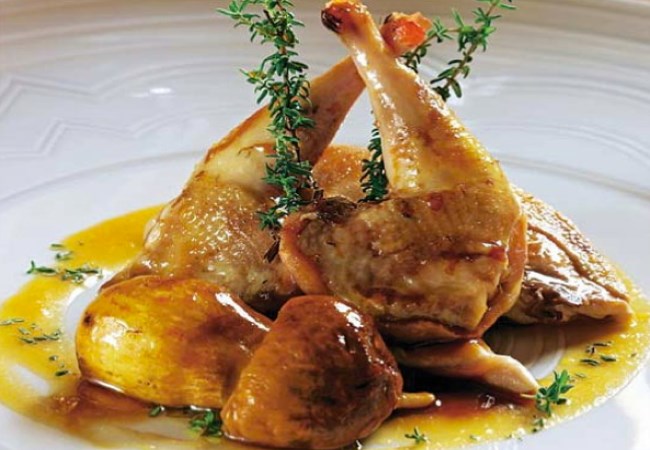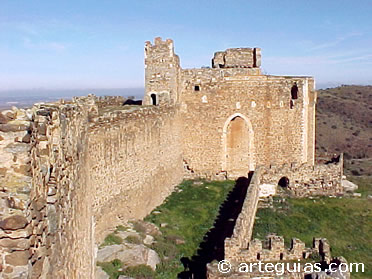
San Martín de Montalbán acquired its villa status in July 1665 by a royal charter of Philip IV, its history as a population center dates back to the Neolithic.
Proof of this are the polished stone axes, ceramic remains and the gallery dolmen found in its term.Subsequently, the area was inhabited by a population of Celtic origin, perhaps of some importance, since there are, although dispersed, several settlements and underground dwellings, used in that period, which makes us think of a large population. The most representative banner of the Celtiberian legacy, is the statuette of "The Lady of the Montes de Toledo", which shows its artistic publicity in its cold form and its immutable aspect, as well as, the use of concentric circles as ornamental details.In the Roman stage, San Martín de Montalbán, who has been especially benefited, who crossed two of the most current itineraries through his lands, stories such as Tarragona-Mérida and Ávila-Córdoba.Of these old roads, only the "Canasta Bridge" is preserved. Some of those times, were reused later to mark in medieval times the layout of the Cañada Real Segoviana, which during the time of the Mass was charged a tribute for the passage of cattle.Also in Roman times, although it is not fully demonstrated, two villas have been created in what is now Melque and Castillo de Montalbán.In the period of validity, the town of Melque is located in a flourishing monastery called Sta. Mª de Valdelmec. From that great splendor, the church of Sta. Mª de Melque has remained, building in the 8th century and with great honor gives its name to our oil.The Arab domination has become a monastery in the citadel and in the fortress of San Martín de Montalbán on the steep bed of the Torcón River. Later, in the twelfth century, Melque and El Castillo, were donated by Alfonso VIII and the Templars, forming part of one of the twenty-seven bailies with which they had in Spain
In the Roman stage, San Martín de Montalbán, who has been especially benefited, who crossed two of the most current itineraries through his lands, stories such as Tarragona-Mérida and Ávila-Córdoba.
Of these old roads, only the "Canasta Bridge" is preserved. Some of those times, were reused later to mark in medieval times the layout of the Cañada Real Segoviana, which during the time of the Mass was charged a tribute for the passage of cattle
Also in Roman times, although it is not fully demonstrated, two villas have been created in what is now Melque and Castillo de Montalbán.
In the period of validity, the town of Melque is located in a flourishing monastery called Sta. Mª de Valdelmec. From that great splendor, the church of Sta. Mª de Melque has remained, building in the 8th century and with great honor gives its name to our oil.
The Arab domination has become a monastery in the citadel and in the fortress of San Martín de Montalbán on the steep bed of the Torcón River. Later, in the twelfth century, Melque and El Castillo, were donated by Alfonso VIII and the Templars, forming part of one of the twenty-seven bailies with which they had in Spain
CULTURAL TOURISM OR MONUMENTS OF TOURIST INTEREST.
DOLMEN OF GALLERY.The gallery dolmen is a Neolithic building of eminently funerary character, formed by the superposition of menhirs in vertical position and another supported on them horizontally. The construction has an access door, a corridor and a circular mortuary chamber. Your visit can be made through the Natural Path "Fresnos del Torcón" or faster from the road.
